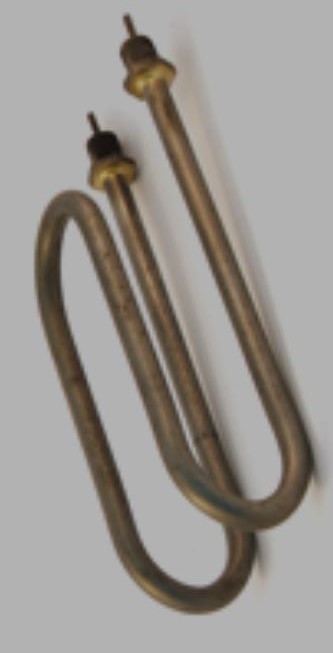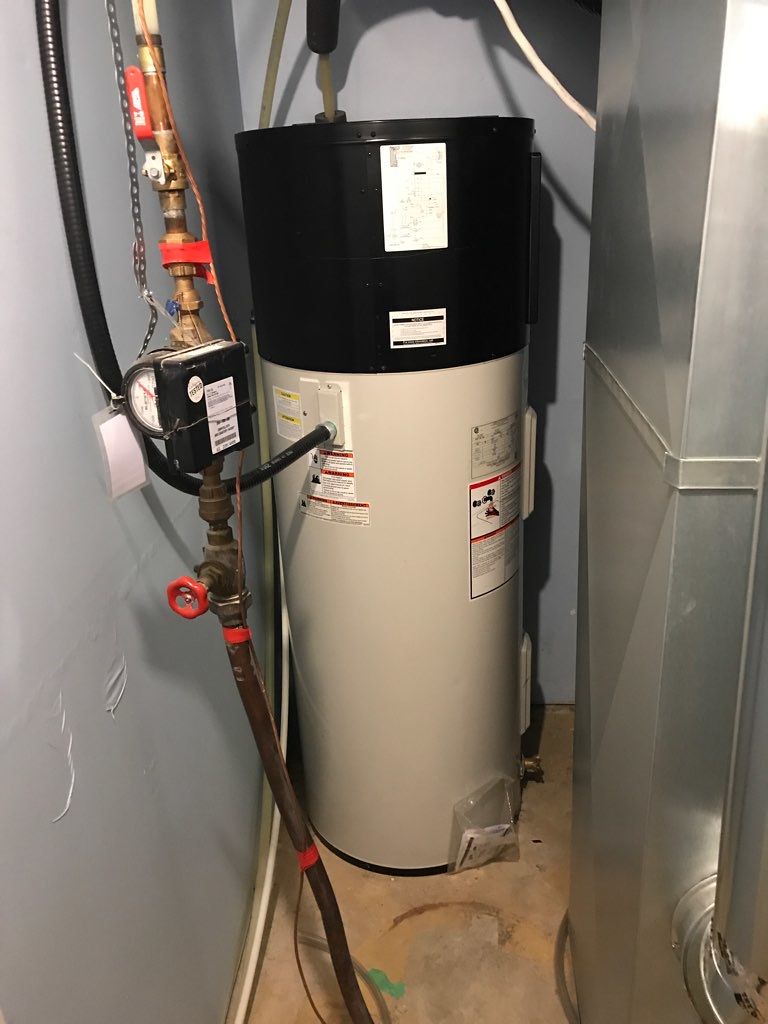Contents
– Step 1: Turn off the water heater
– Step 2: Drain the water heater
– Step 3: Remove the heater
– Step 4: Clean the heater
– Step 5: Reassemble the plate and start the water heater

The heating element (water heater resistor) is essential for the proper functioning of your electric water heater and is used to transform electrical energy into thermal energy.
Over time, the resistor becomes scale, and the overheating caused by the scale gradually destroys its resistive wire. It eventually stops heating and stops working.
Moreover, a scaled resistor decreases the performance of the water heater and increases the energy expenditure.
Whether it is a soapstone or thermoplastic heater, cleaning the heater is simple and takes place in the same way, except for emptying the tank.
1. Turn off the water heater
Before you can work on the electric water heater, you must turn it off. There are two possible solutions:
– Turn off the main circuit breaker.
– Remove the fuse corresponding to the water heater.
Tip: To work in good conditions, keep children and pets away. Make sure your hands are dry.
2. Drain the water heater
– With the soapstone heater, which is more resistant than the thermoplastic heater, it is unnecessary to drain the tank to check and clean it. It is not in direct contact with the water and is protected by a sheath that scales instead of the resistance.
– If the thermoplastic heater is in direct contact with water, you must completely drain the tank.
3. Dismantle the heater
– Once the tank has been drained, locate the heater. Do not hesitate to consult your heater’s manual.
– The heater is usually located under the protective cover, attached to a plate that you can unscrew.
4. Clean the heater
To clean your water heater’s resistance, you can use:
– a commercial descaler;
– or a mixture made by you composed of:
◦ 1 l of hot white vinegar;
◦ 0.5 l of boiling water;
◦ 1 handful of coarse salt.
When the mixture is done:
– Immerse the resistor and leave for a few hours.
– Scrub with a soft, flexible wire brush or a scouring pad.
– Rinse and repeat as needed, not forgetting to finish by rinsing very carefully with hot water.
Note: for the soapstone heater, clean the sleeve with a brush.
5. Reassemble the plate and turn on the water heater
– Be careful not to damage the anode:
◦ Reassemble the plate if you have a thermoplastic heater.
◦ Reassemble the sleeve on the resistor before putting it back in the tank if you have a soapstone resistor.
– Fill the tank and turn your electric water heater back on.
Tip: if your water heater is old, it is a good idea to provide a new gasket for the tank flange before cleaning the element. The gaskets are different depending on the brand; you can find the reference in the manual or on a sticker on the appliance.
Materials needed to clean the resistance of a water heater.
|
White vinegar |
About $1 |
|
Cleaning gloves |
From $1 |
|
Basin |
$1 |
|
Wire brush |
Starting at $1 |
|
Brush |
About $6 |
Hope this post helps you to clean your water heater resistor. Tell us about your experience in the comments below.
You can read more here:
– Electric Power: How to Avoid Exceeding the Limit
– What are Electric Fuses and Circuit Breakers
– Home Electrical Installation: The Role of Electric Current and Socket

